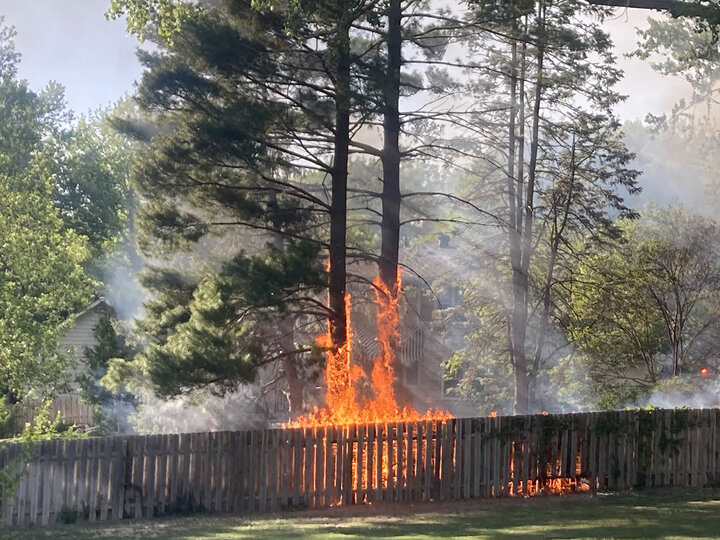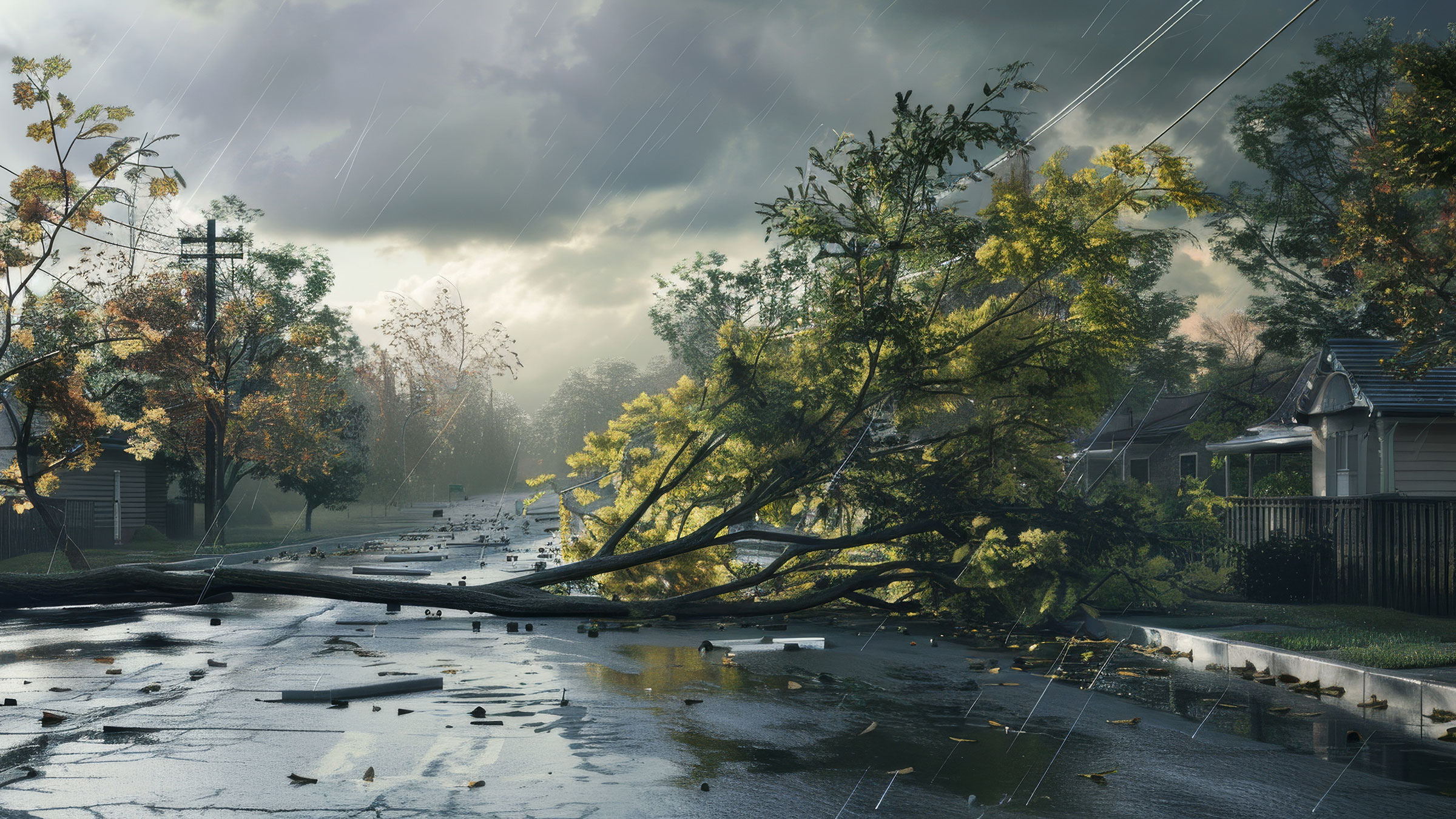Weather-ready landscapes are designed to withstand the weather extremes common in Nebraska, such as heavy rainfall, drought, extreme temperatures, and high winds. Key features of a weather-ready landscape include the following.
- Increased plant diversity and use of well-adapted plant species
- Use of landscape design principles to increase plant health and water use efficiency, and reduce fire risk
- Management of soil quality
- Use of water conservation techniques, including the use of rain gardens
- Proper landscape water drainage
- Establishment and management of effective windbreaks
By integrating these elements, a weather-ready landscape can better cope with the challenges posed by changing weather patterns and contribute to overall environmental health.
Make Your Landscape Weather Ready
Dormancy Breaks
Preventing damage from late winter warm periods on early spring growth.
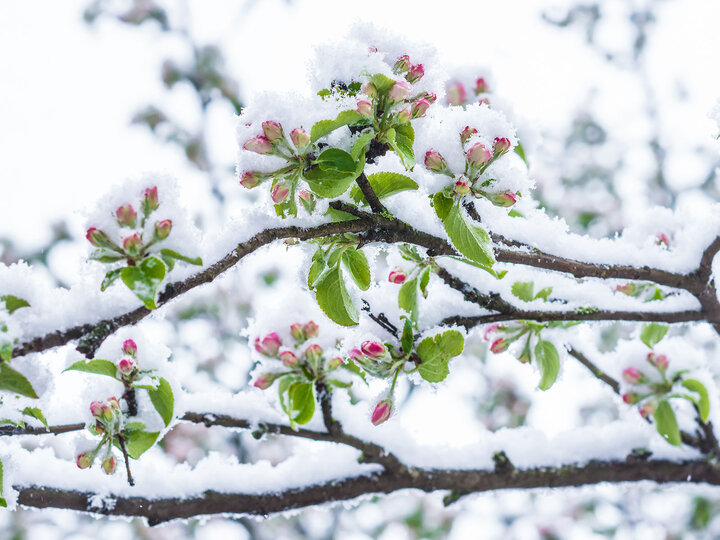
Frost
Minimize the effects of frost damage.

Ice
Preventing landscape damage from ice.

Winter Desiccation
Steps to minimize winter drying and desiccation.

Drought
From "abnormally dry" to "extreme drought" Nebraska landscapes should be prepared for dry weather.
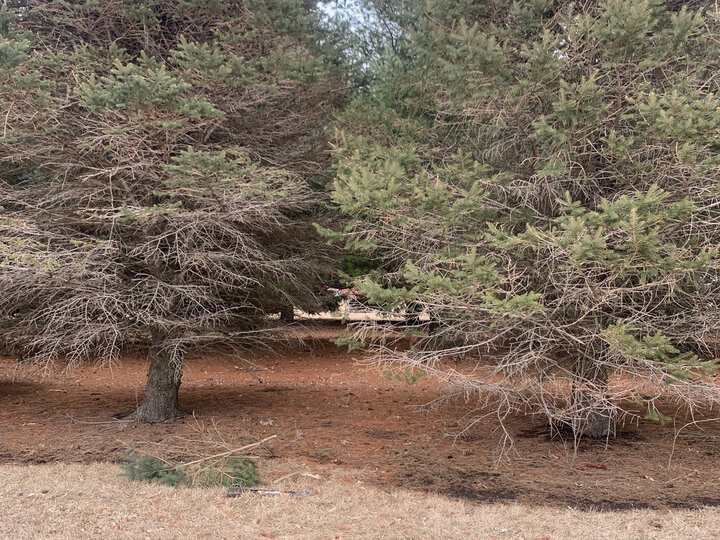
Flood
Minimize the impact of extreme rain events.
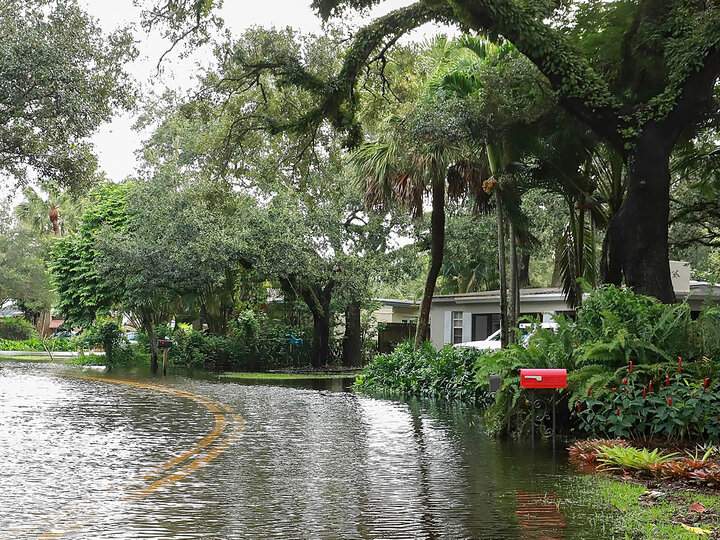
Hail
Managing the effects of hail.
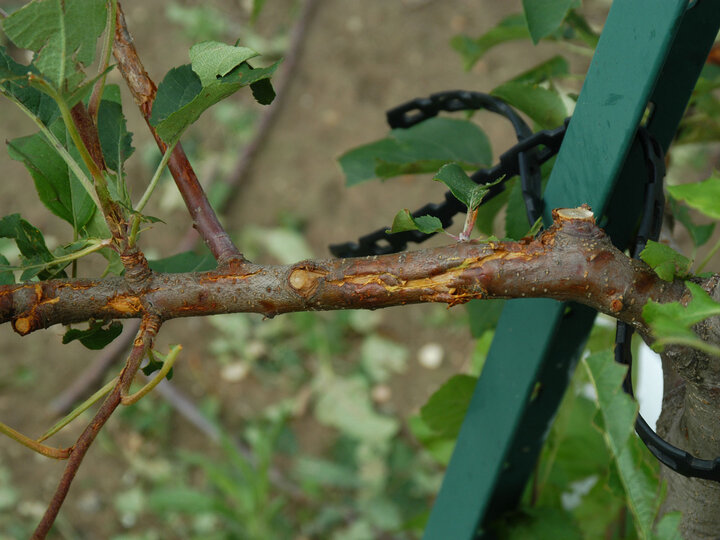
Tornado & Wind Damage
Reducing the chances of damage from high wind and tornados.
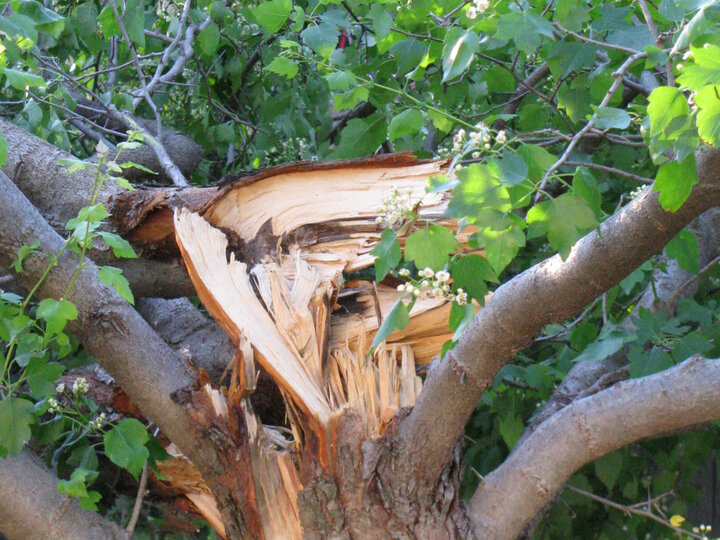
Fire Smart
Planning ahead to prevent fire events.
